Owning a Club Car golf cart can be a great asset whether you're using it on the golf course or for personal transport within a community. Knowing the manufacturing year of your golf cart is essential for maintenance, repairs, and understanding its market value. This guide provides detailed instructions on how to decode the serial number of your Club Car to determine its production year.
Serial Number Guide for Club Car "Caroche" Models (1970-1979)
The Club Car "Caroche" model, produced between 1970 and 1980, has a specific way to determine the manufacturing year:
Locate the Serial Number
Find the serial number on a metal tag under the driver’s seat, riveted to the I-Beam near the driver's side batteries.
Decoding the Serial Number:
- First Letter: Indicates the type of hydraulic brake system:K or L: Caroche with Dico brakes
- M or N: Caroche with Mercury brakes
- Following Numbers: Denote the specific year and manufacturing date:
| Serial Number Range | Year | Manufacturing Dates |
|---|---|---|
| 346 - 1335 | 1970 | 01/21/70 to 12/30/70 |
| 1336 - 2492 | 1971 | 01/13/71 to 11/03/71 |
| 2493 - 3919 | 1972 | 03/07/72 to 11/03/72 |
| 3920 - 5746 | 1973 | 01/05/73 to 11/27/73 |
| 5747 - 7834 | 1974 | 01/14/74 to 12/06/74 |
| 7838 - 11198 | 1975 | 01/01/75 to 12/10/75 |
| 11199 - 16148 | 1976 | 01/05/76 to 12/28/76 |
| 16149 - 21276 | 1977 | 01/03/77 to 12/30/77 |
| 21277 - 29170 | 1978 | 01/04/78 to 12/30/78 |
| 29171 + | 1979 | 01/08/79 to 12/29/79 |
Serial Number Guide for Club Car Golf Carts (1980 and Later)
From 1980 onwards, Club Car serial numbers reflect different information:
Locate the Serial Number
Generally found under the seat or on the frame.

Understanding the Serial Number Format:
- First Letter: Indicates the model type.
- Second Set of Digits: The year of manufacture.
- Last Set of Digits: The week of production.
Example: A serial number like A8516 would be decoded as:
- A: Model Type (DS Electric Golf Car)
- 85: Year of manufacture (1985)
- 16: Production week (16th week of the year)
Here’s a brief rundown of model types:
-
A: DS Electric Golf Car
-
AA: DS Electric Golf Car, 48 Volt System
-
AB: DS Electric Golf Car, 36 Volt System
-
AC: DS Electric Golf Car, 48 Volt Regen
-
AQ: Electric I.Q. Golf Car, 48 Volt Regen
-
B: Chassis Only, Electric Golf Car, 48 Volt
-
C: Electric Industrial Vehicle
-
D: Fairway Villager, 4-Passenger Utility Vehicle
-
CQ: Chassis, Indio 48 Volt I.Q. Utility Vehicle
-
E: Carryall II Electric Utility Vehicle
-
EA: Carryall II Electric Pickup Utility Vehicle
-
F: Carryall I Electric Utility Vehicle
-
FA: Carryall I Electric Pickup Utility Vehicle
-
FQ: Villager 4 I.Q. Utility Vehicle
-
H: Turf 1 Electric Utility Vehicle
-
HA: DS Electric 36 Volt Solid State Utility Vehicle
-
JA: Carryall VI Electric Utility Vehicle
-
K: Resort Villager Electric Utility Vehicle
-
L: Limo (8 Passenger) Electric Vehicle
-
LA: Limo Electric, 48 Volt Vehicle
-
LB: Limo Electric, 48 Volt Regen
-
LX: Lynx Hunting Vehicle (Gas & Electric)
-
M: Resort Villager XL Electric Vehicle
-
PQ: Precedent IQ
-
S: Turf 2 Electric Utility Vehicle
-
T: Tourall / Villager 4 Electric Utility Vehicle
Each model code above provides specific information about the type of golf cart, including its power system (e.g., 36 Volt, 48 Volt), special features (e.g., Regen), and intended use (e.g., utility vehicle, limo service, hunting vehicle). This detailed rundown helps owners and service personnel understand the capabilities and design intentions of various Club Car models, assisting in maintenance, repairs, or upgrades. Knowing your model type can also be very useful when ordering parts or discussing service requirements with professionals.
Conclusion
Determining the manufacturing year of your Club Car golf cart is straightforward once you know where to look and how to interpret the serial number. This knowledge will assist you in accurately maintaining your vehicle and understanding its specifications. Always consult your Club Car owner’s manual or a professional if you have doubts about interpreting your golf cart’s serial number. Happy driving!











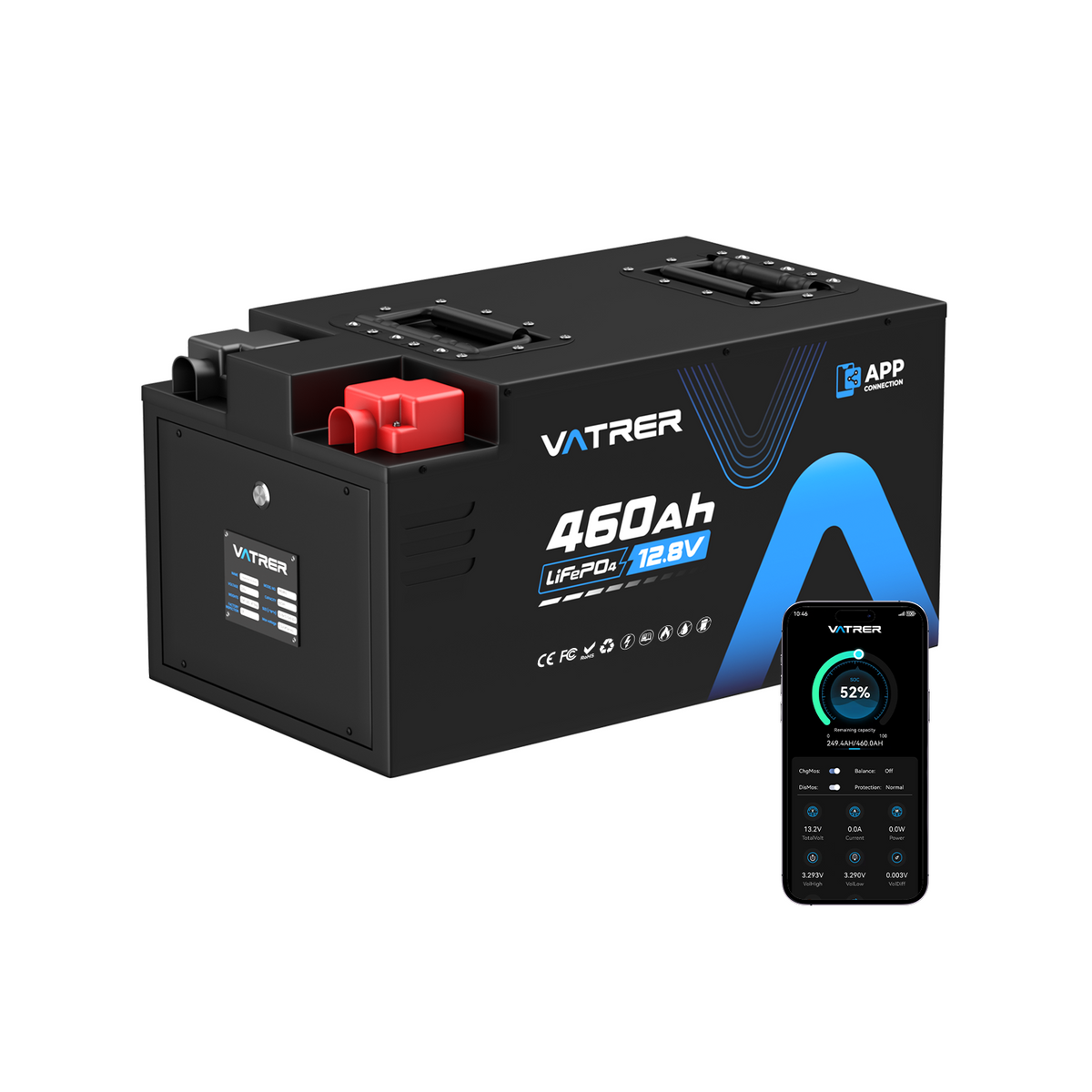
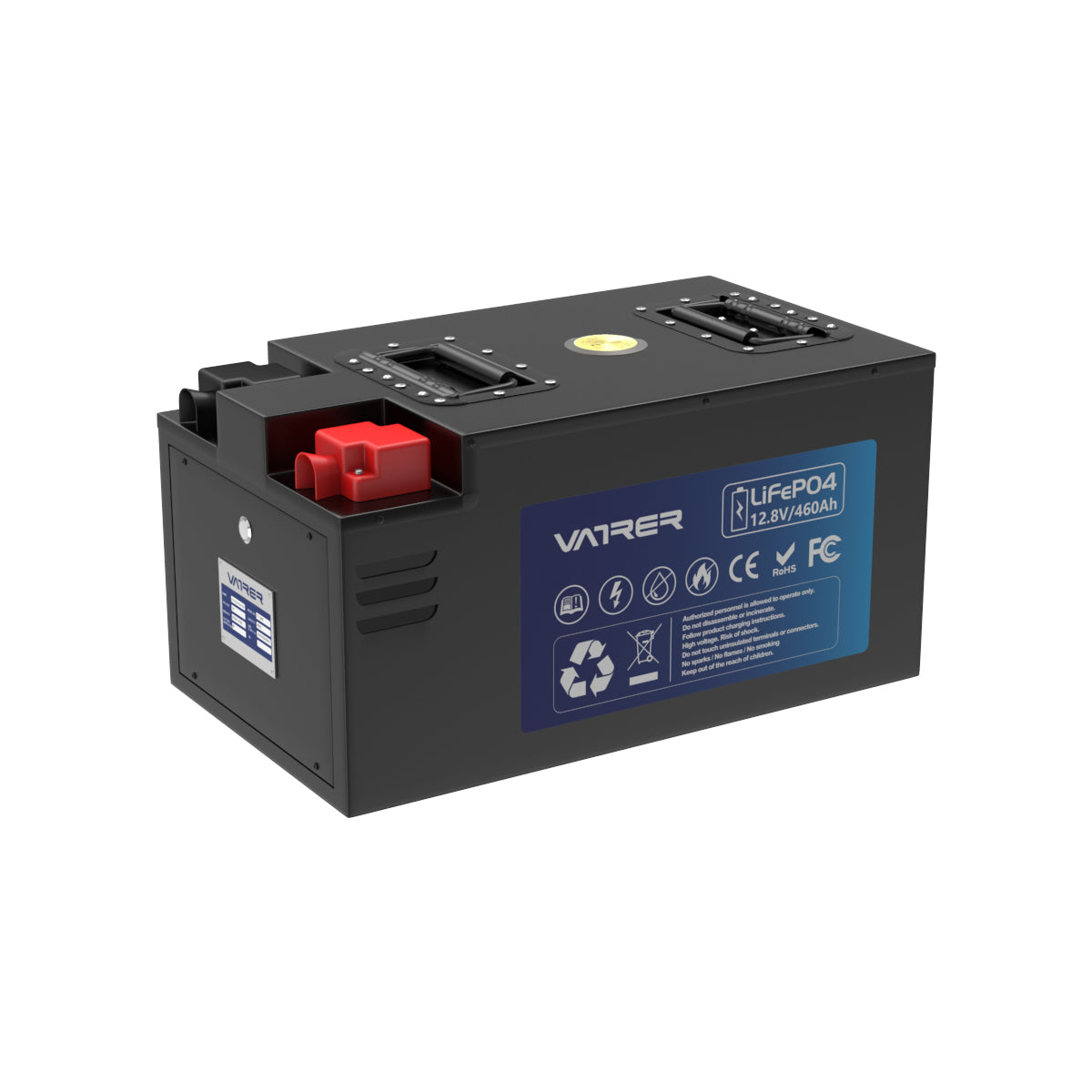


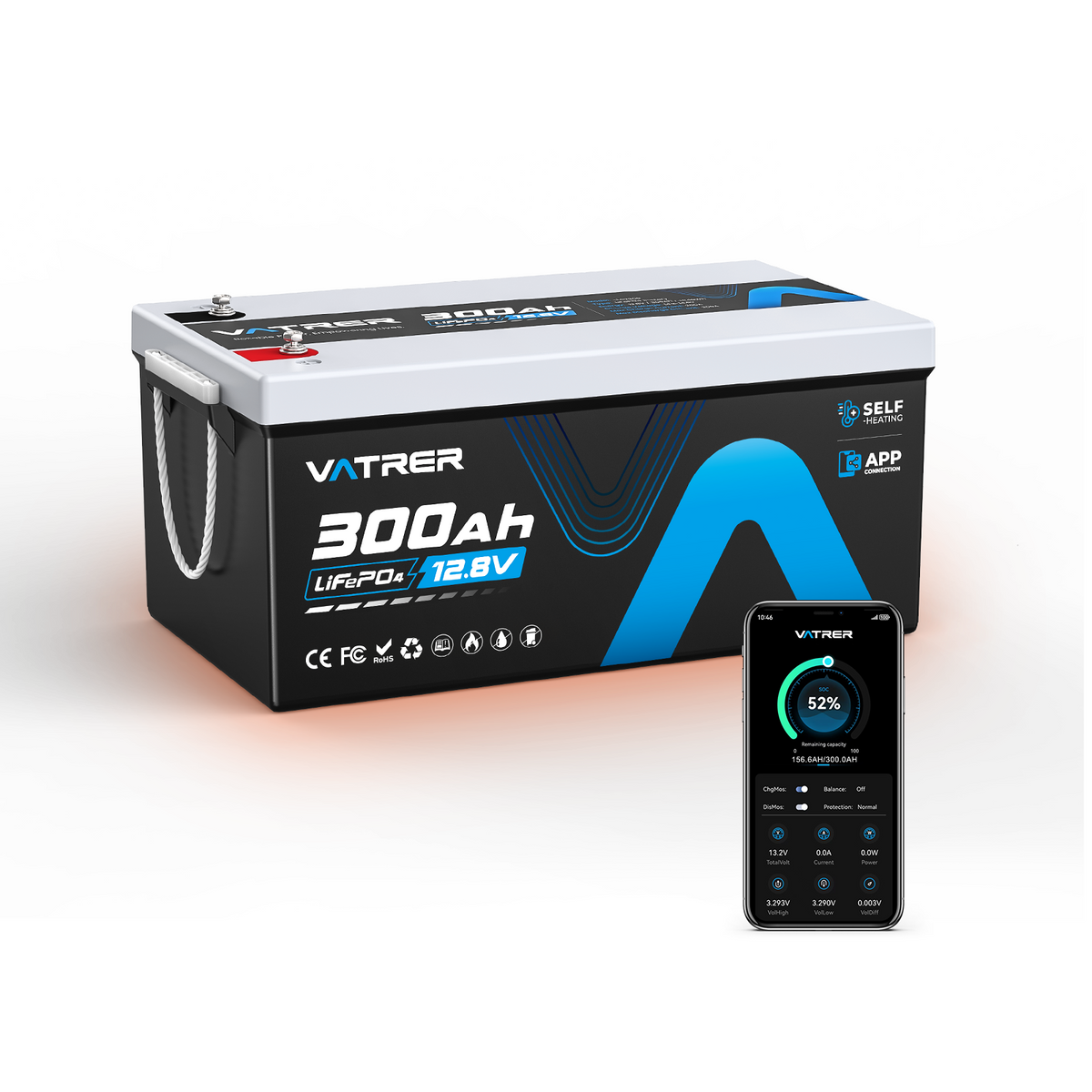

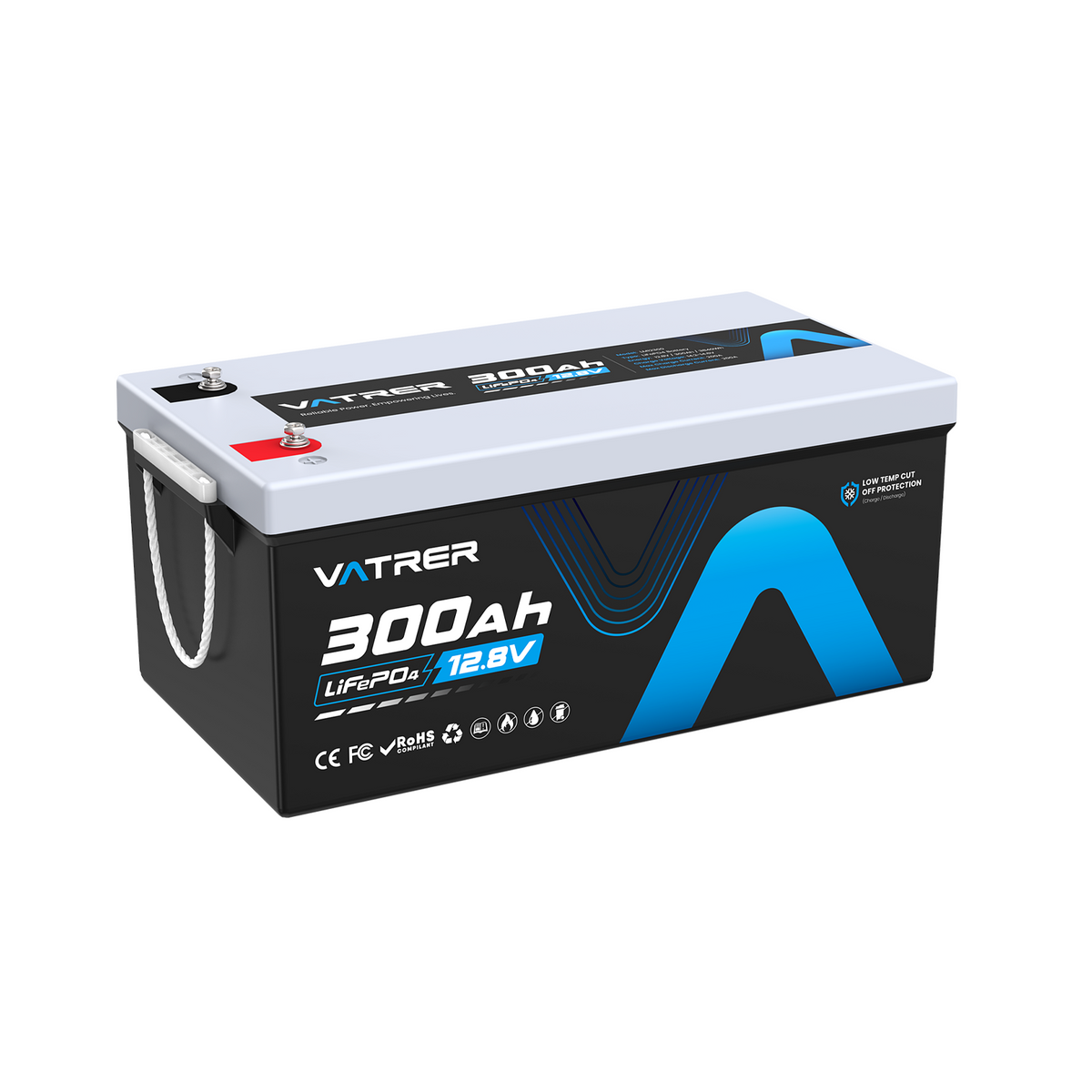




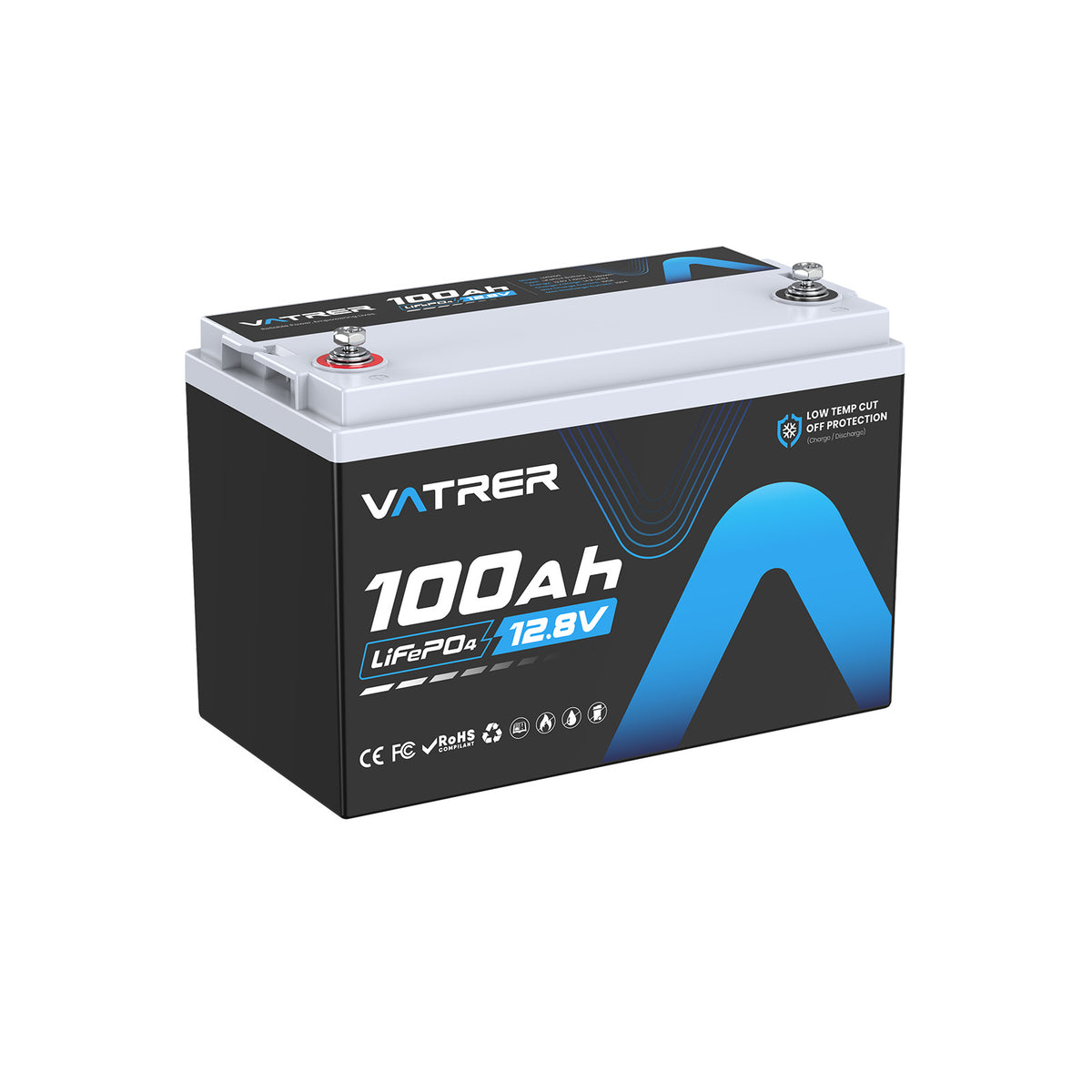


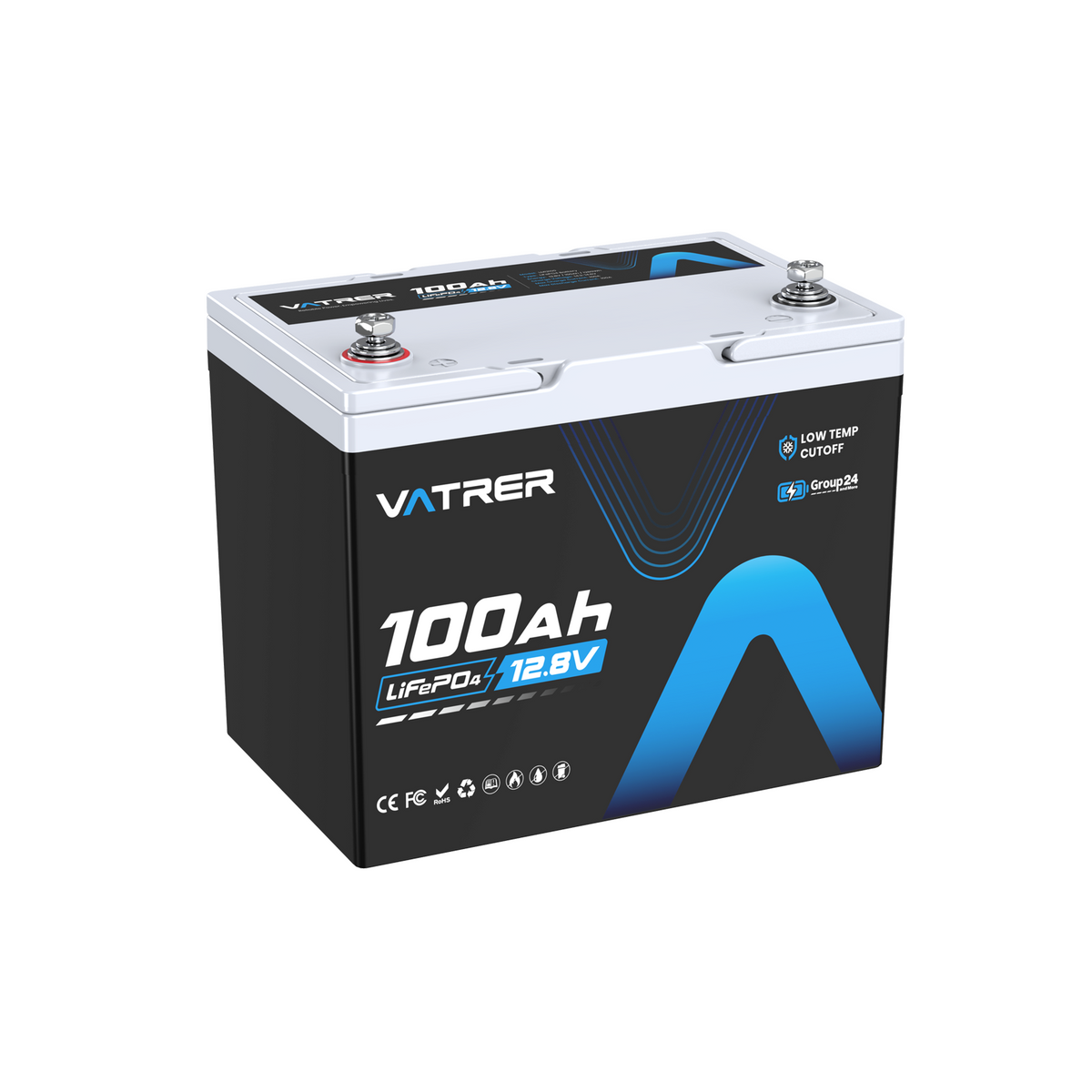
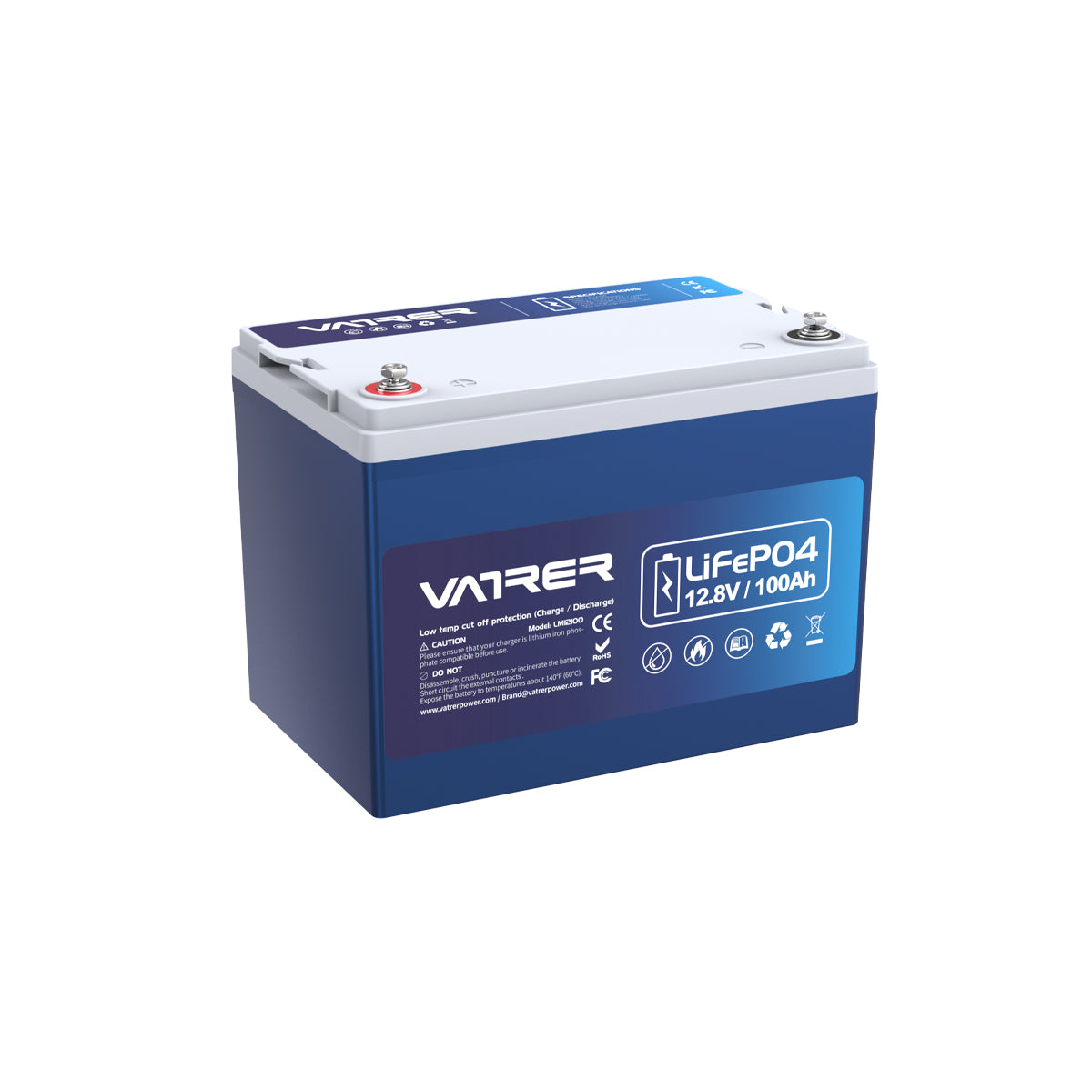
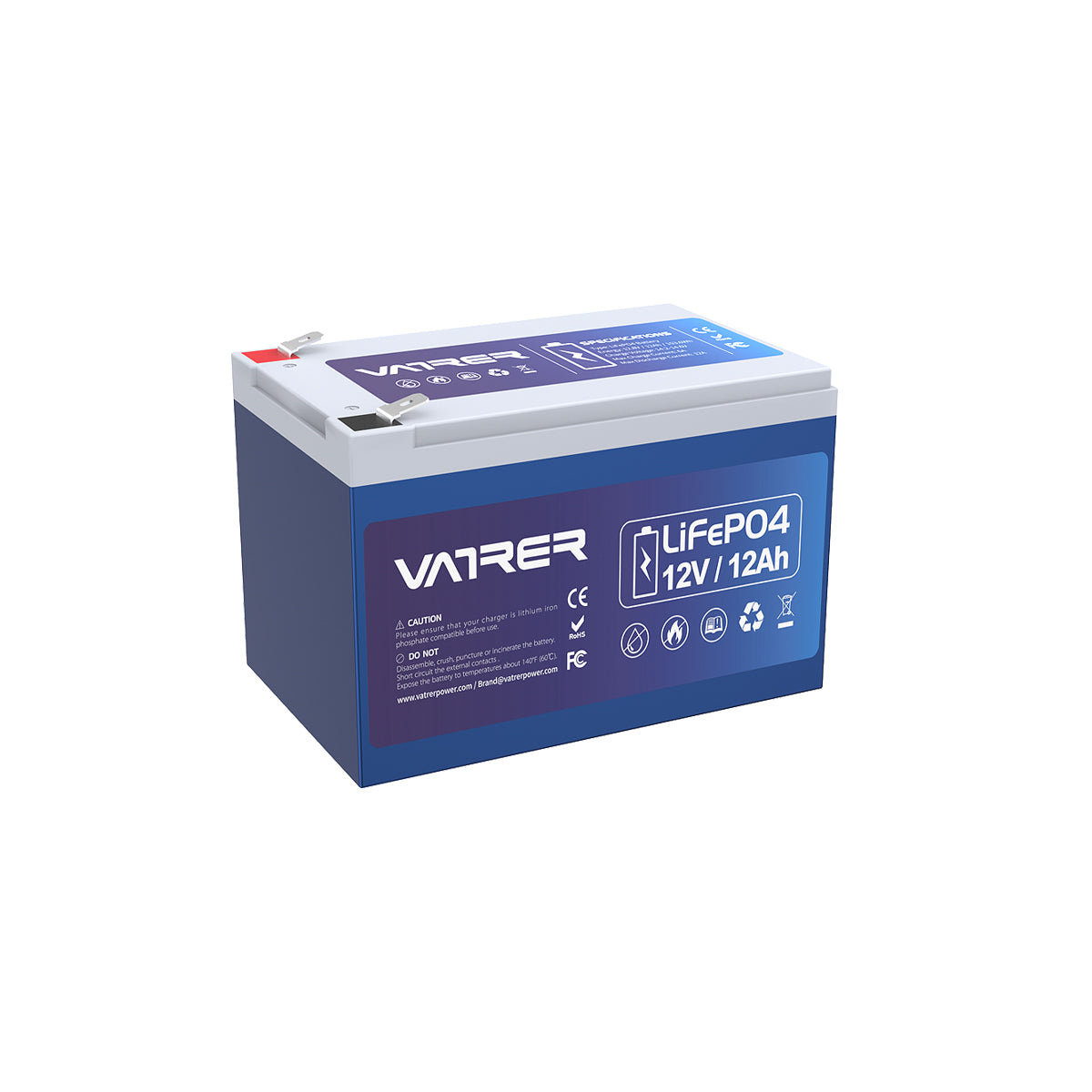
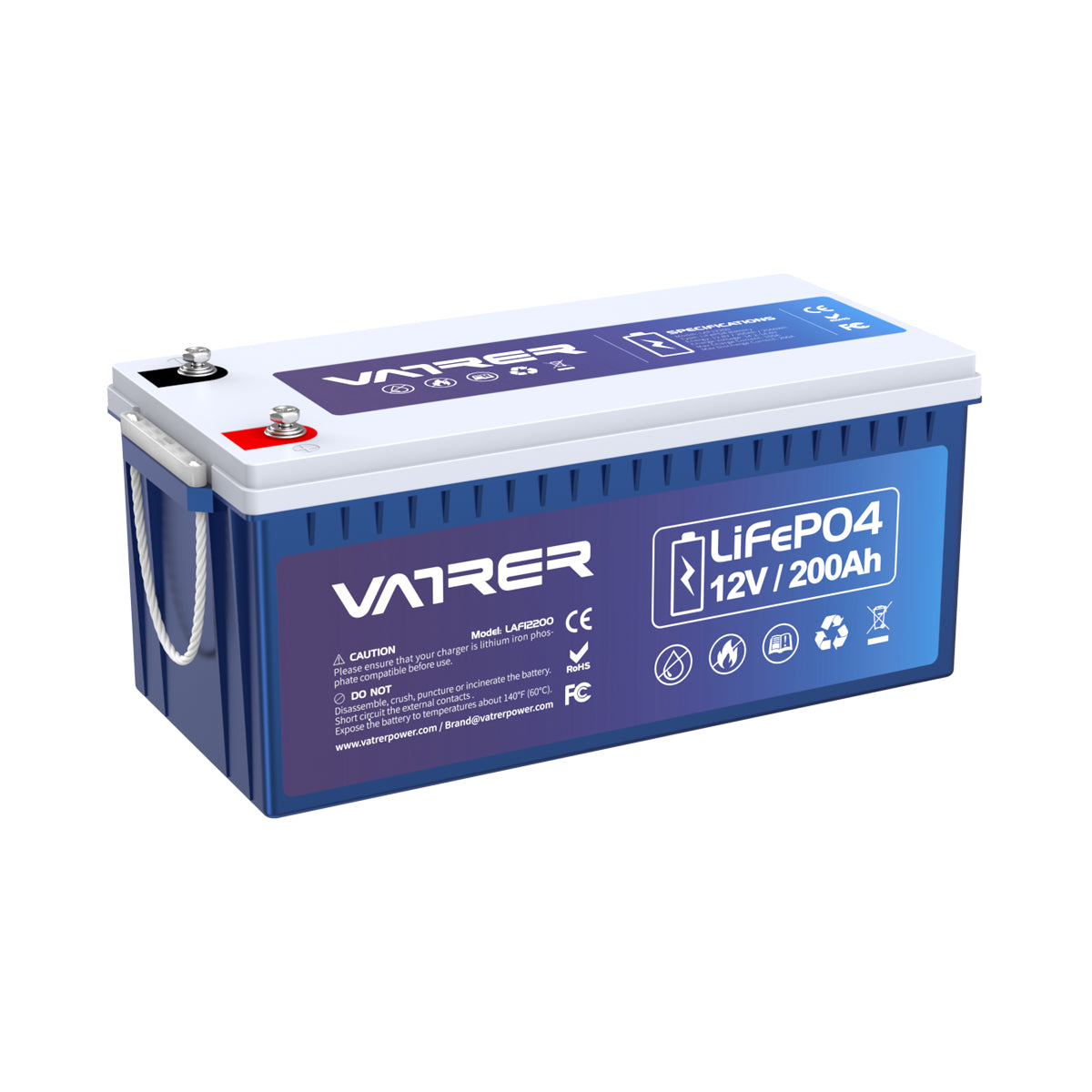
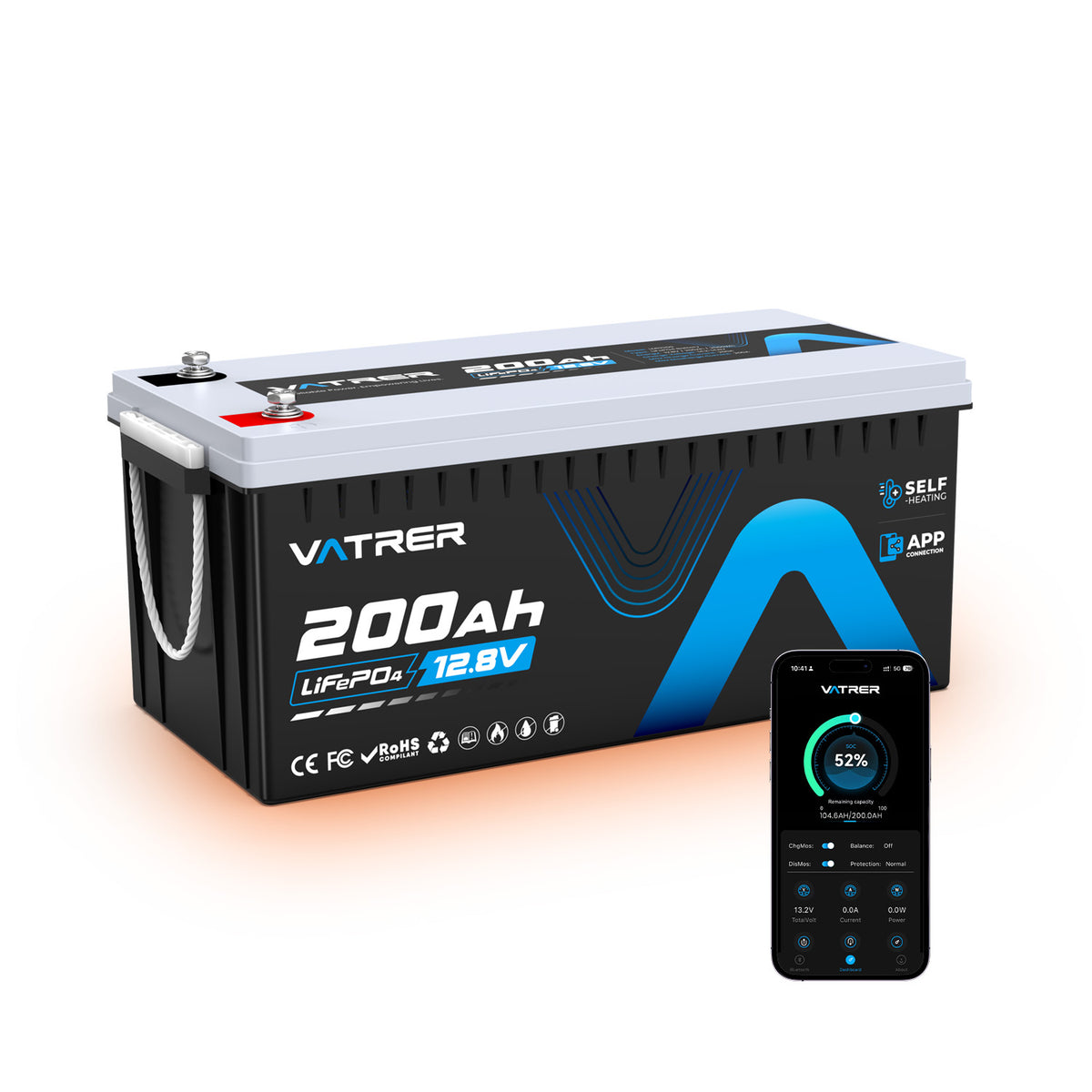
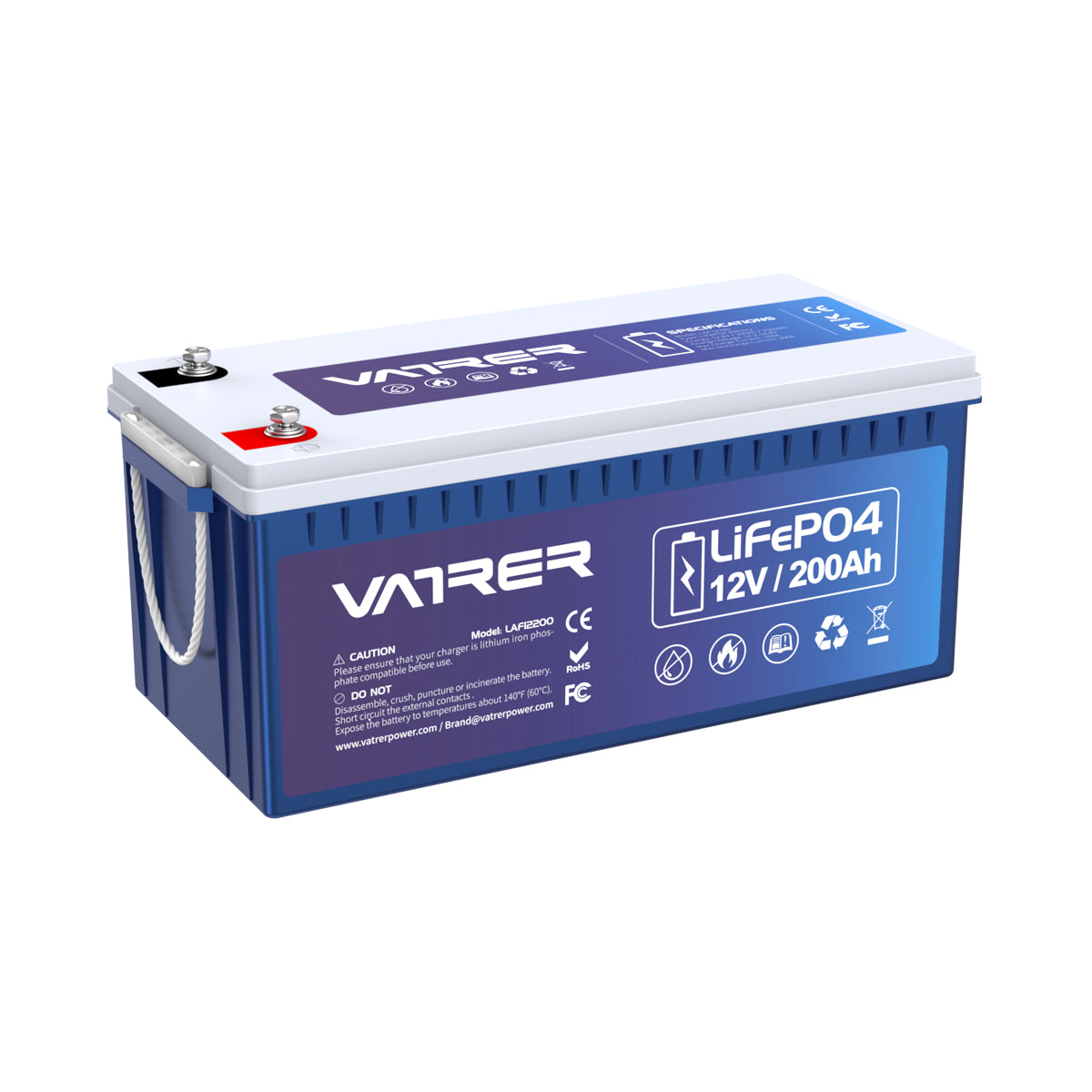
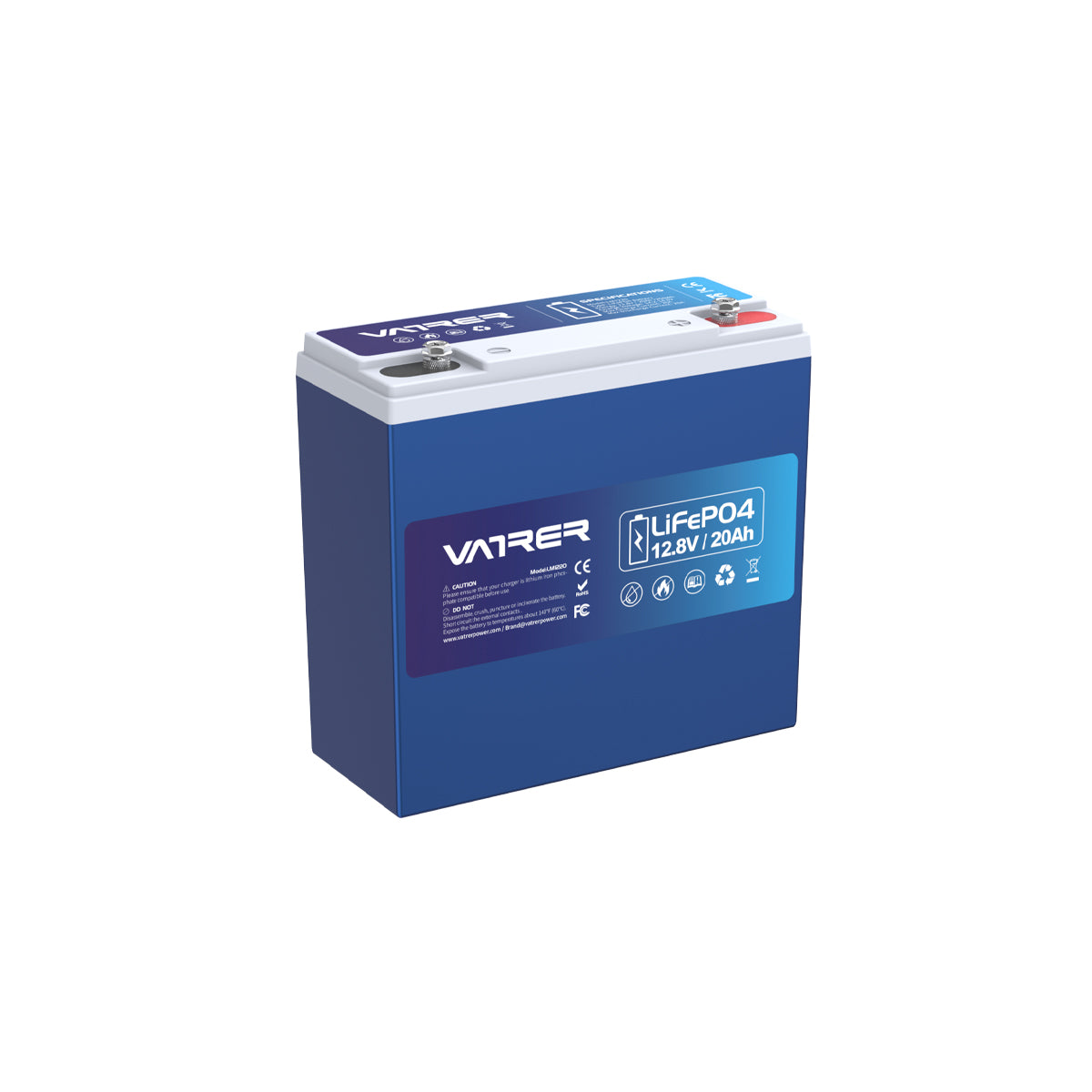
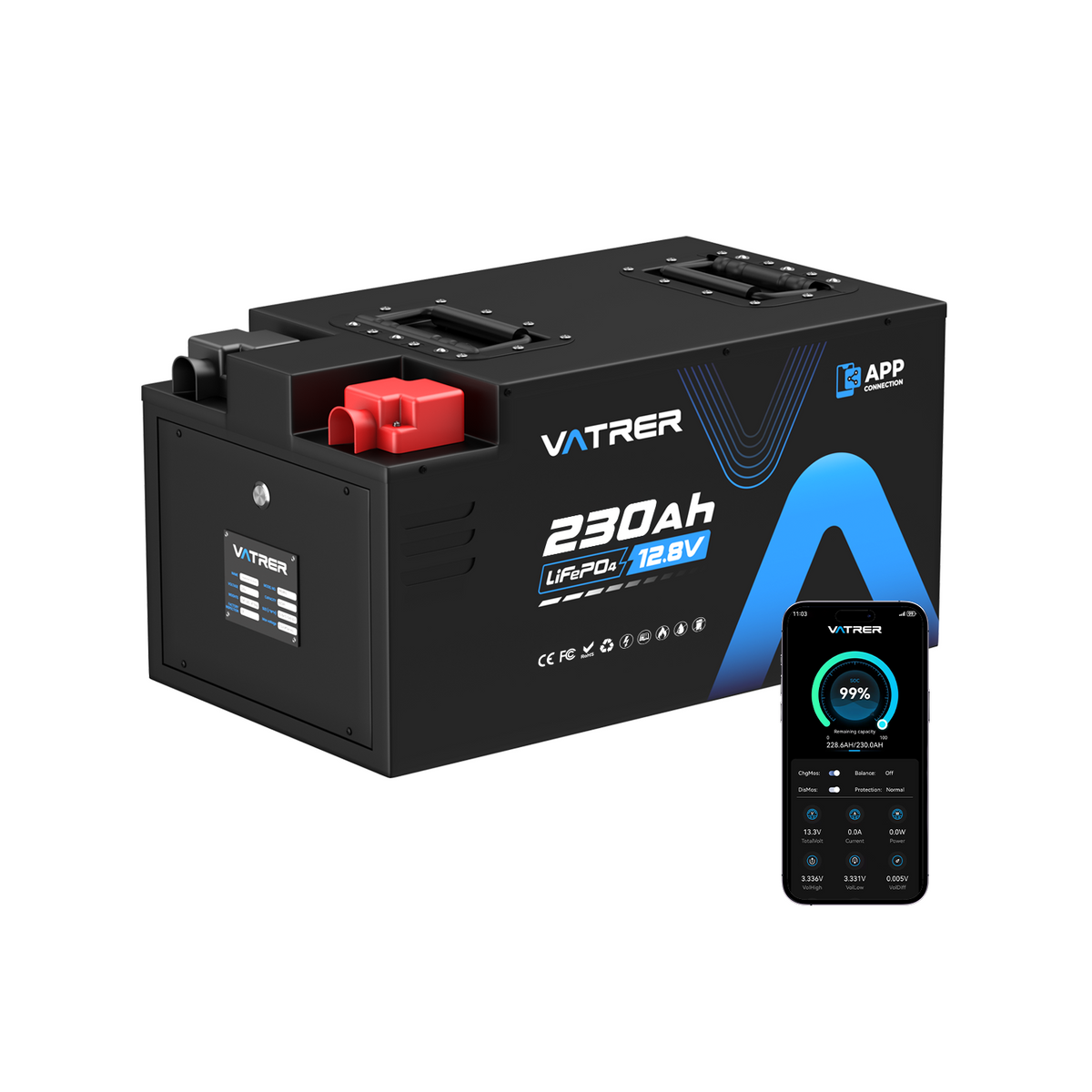

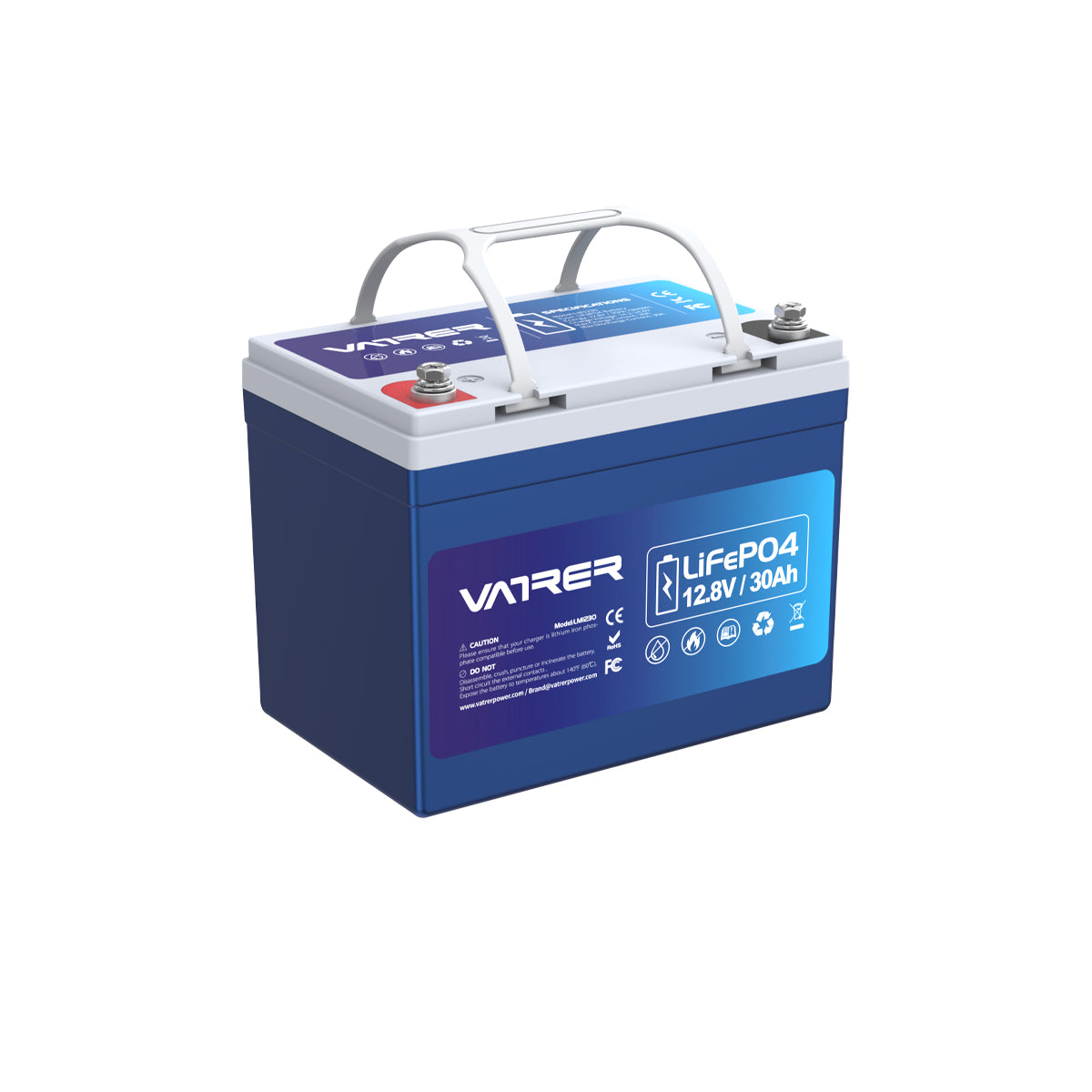
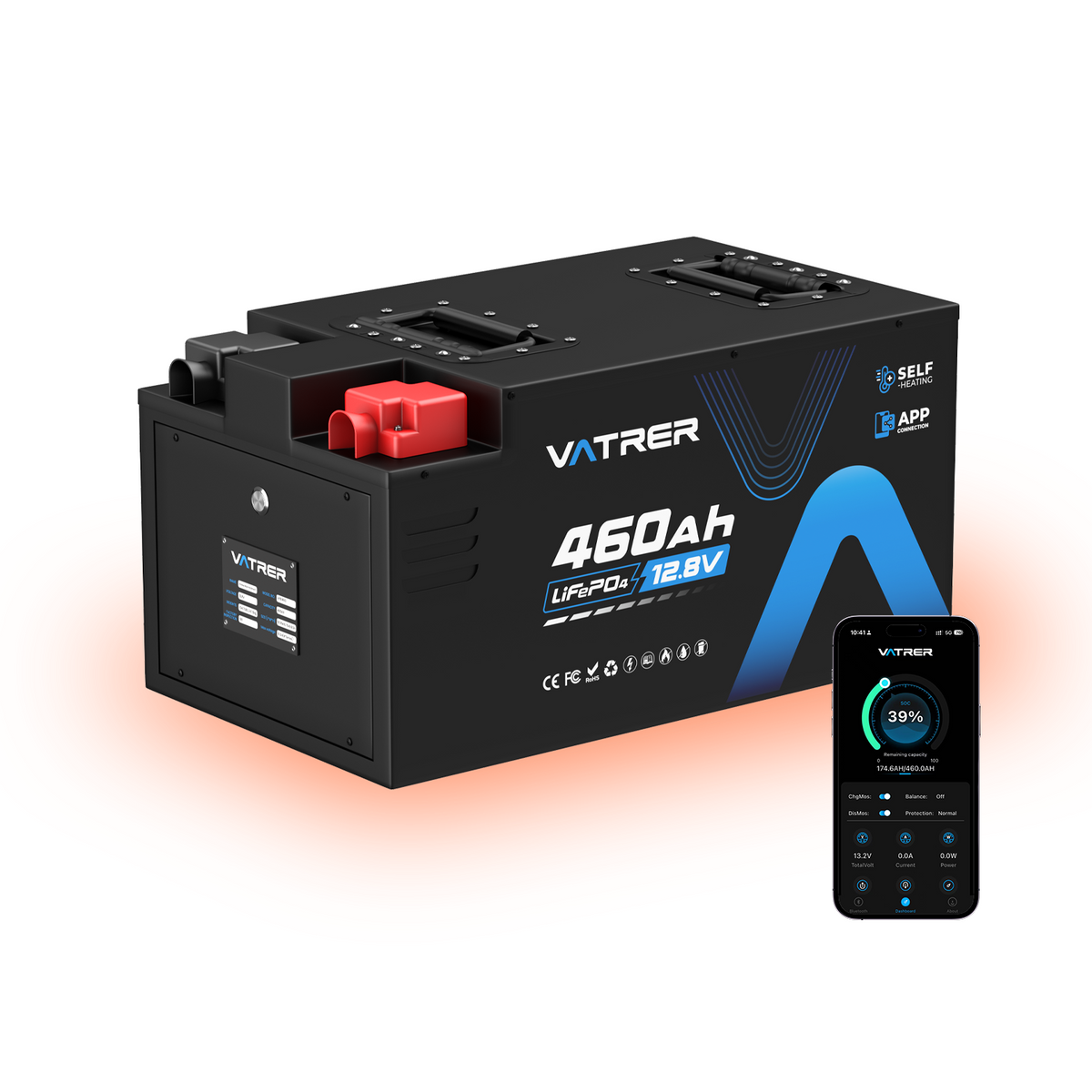
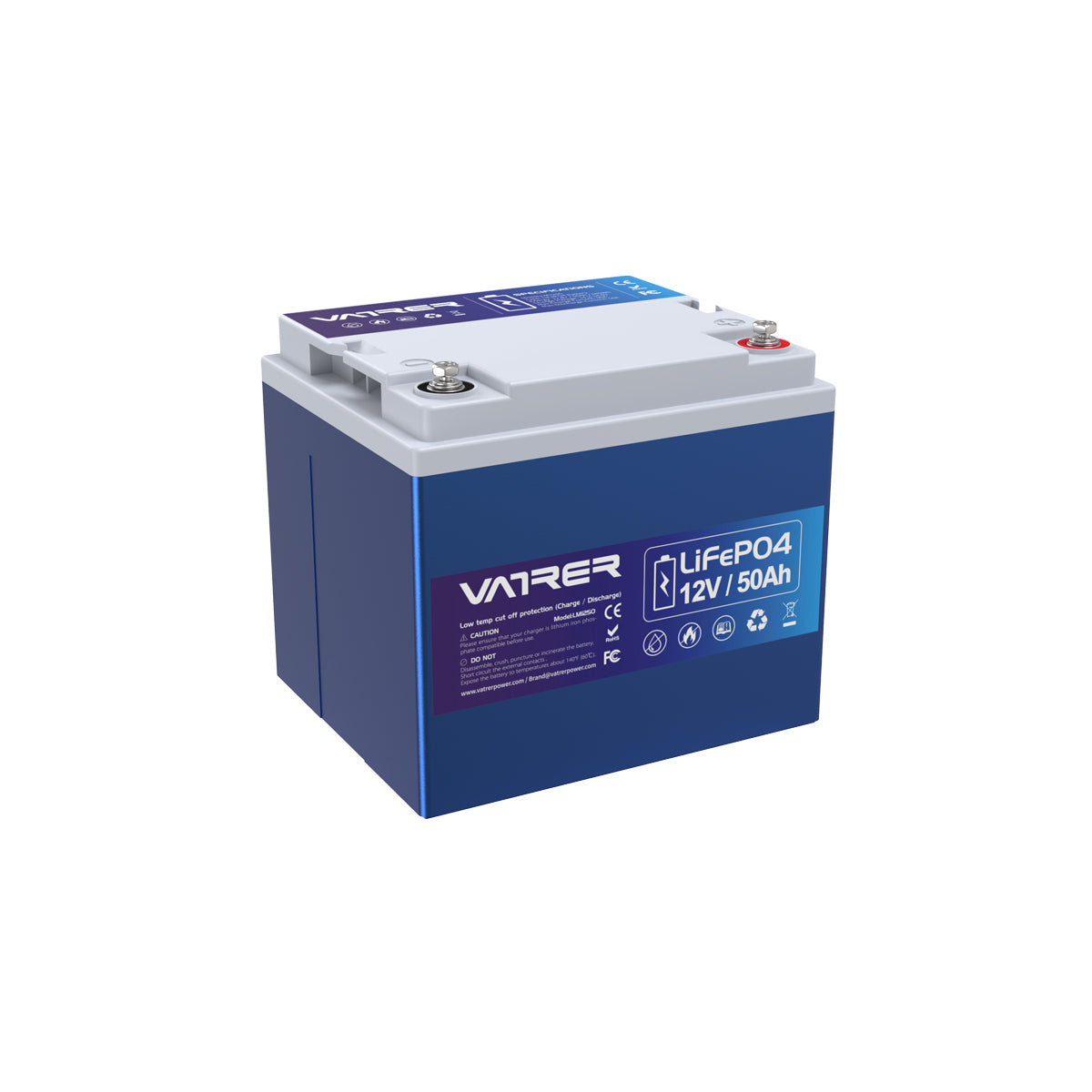
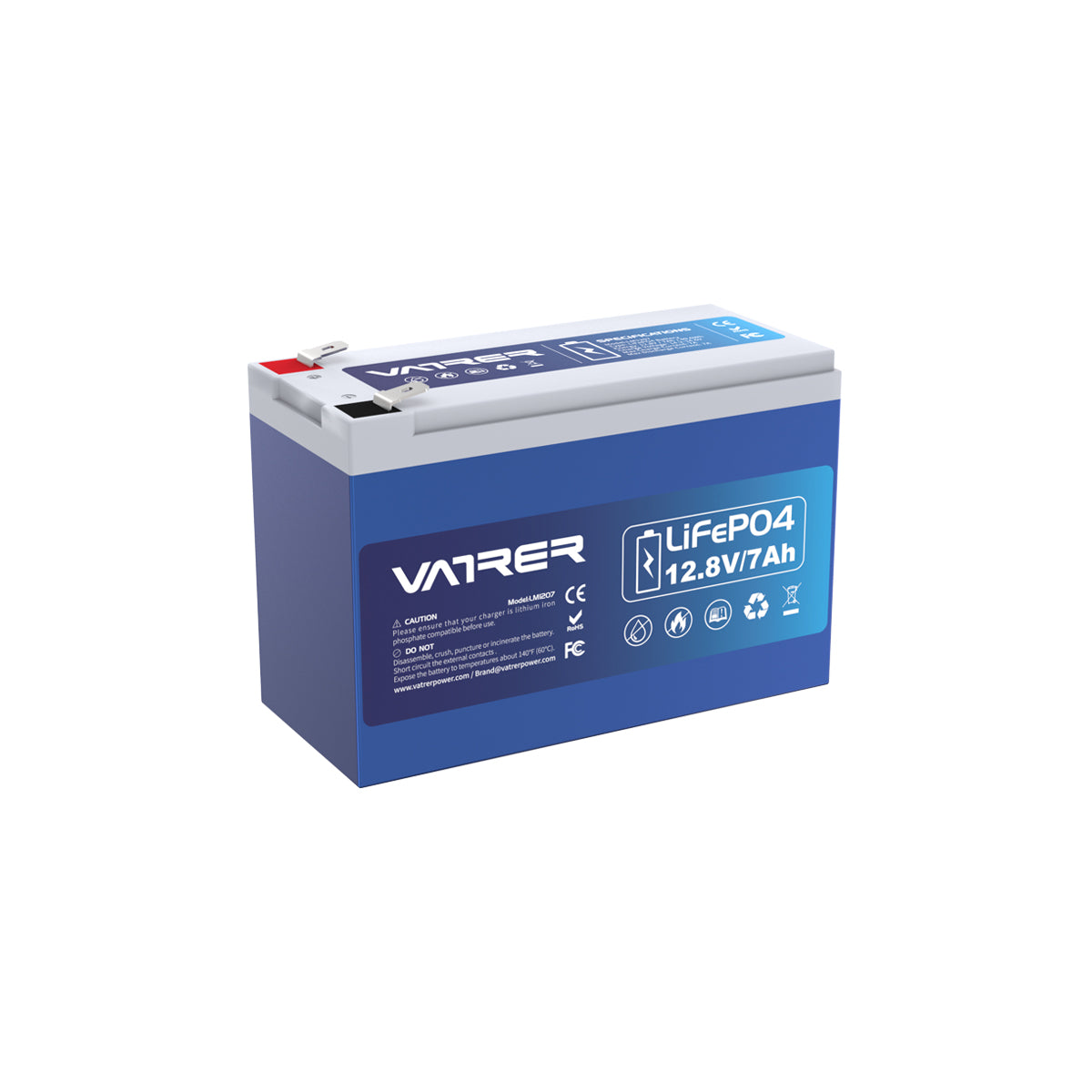
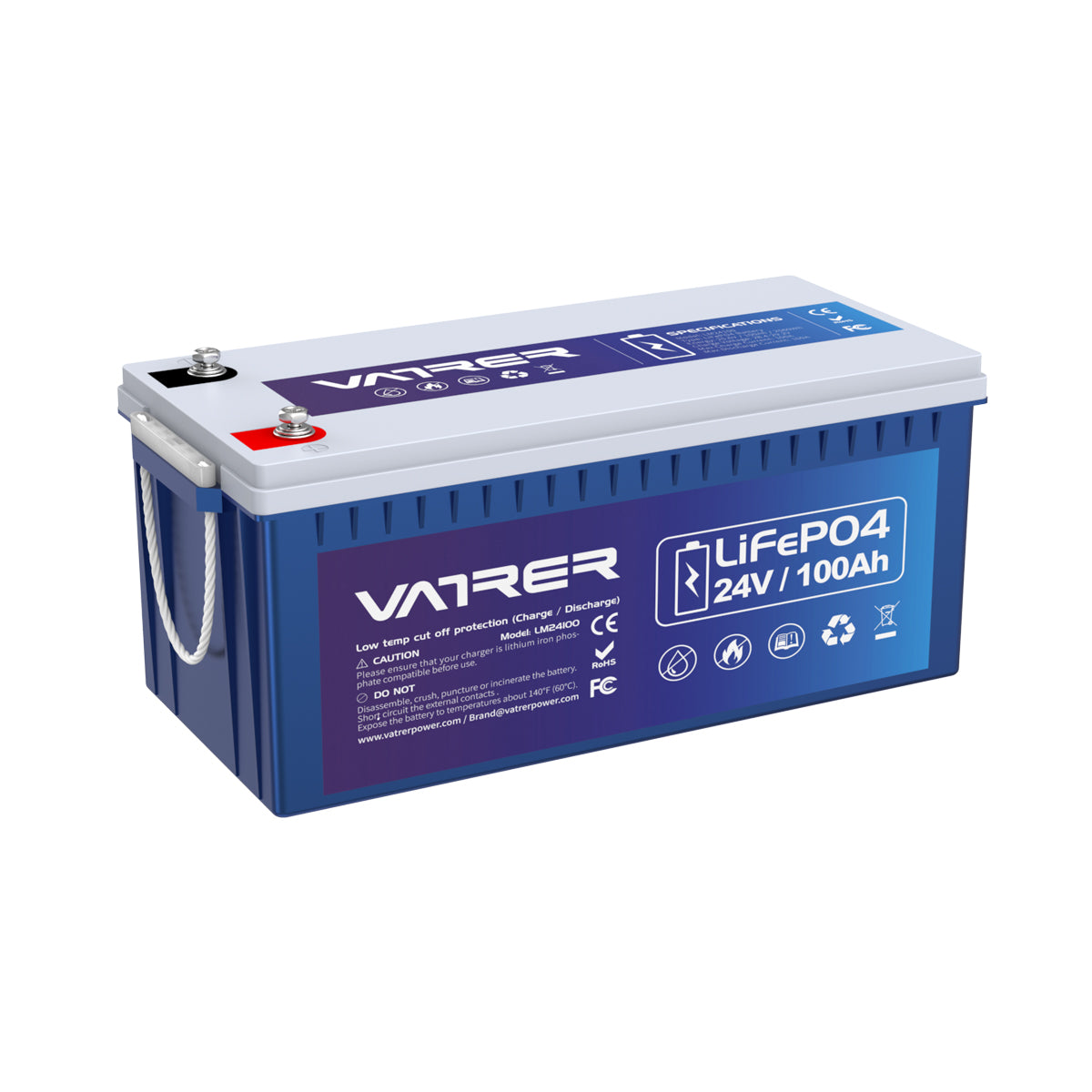



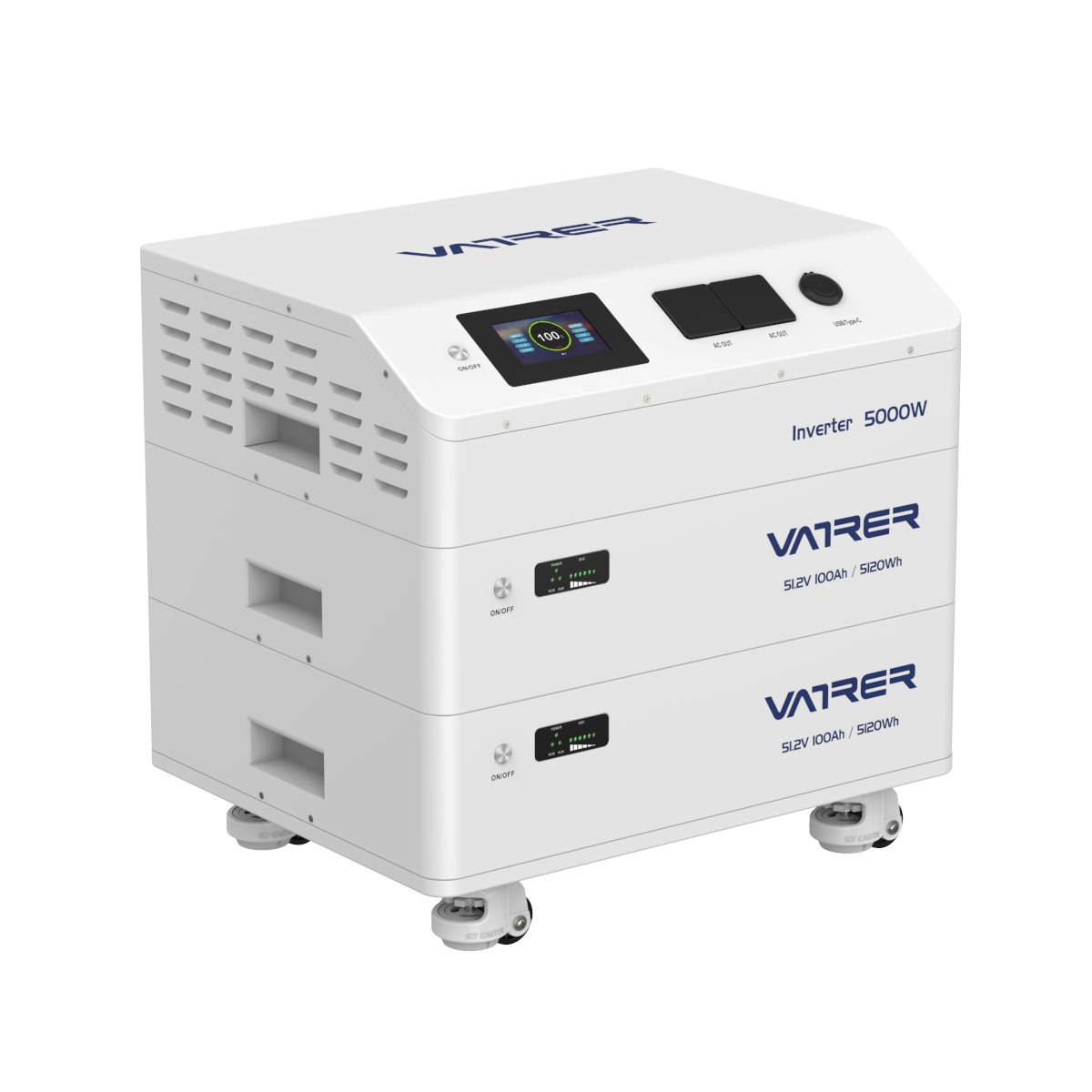

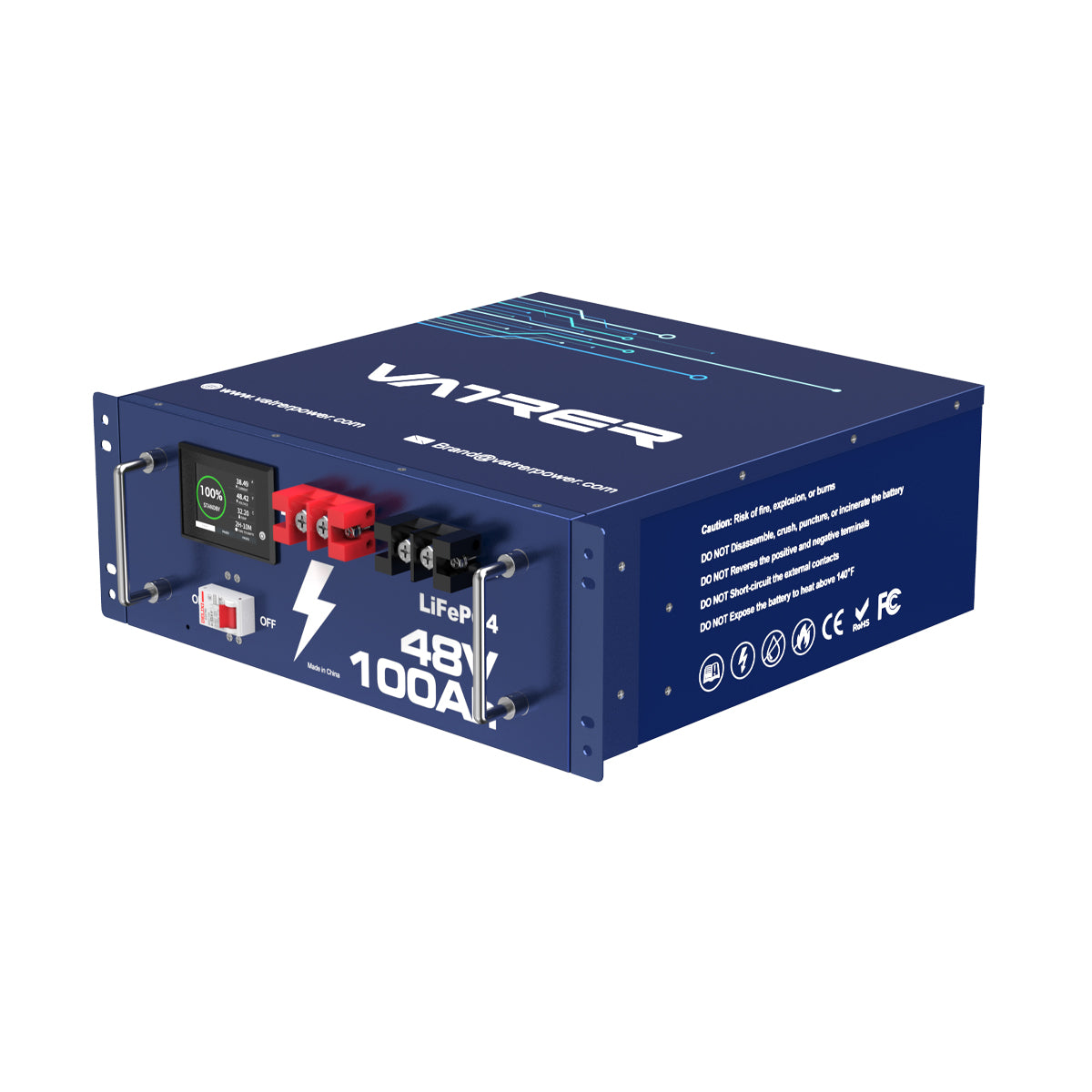
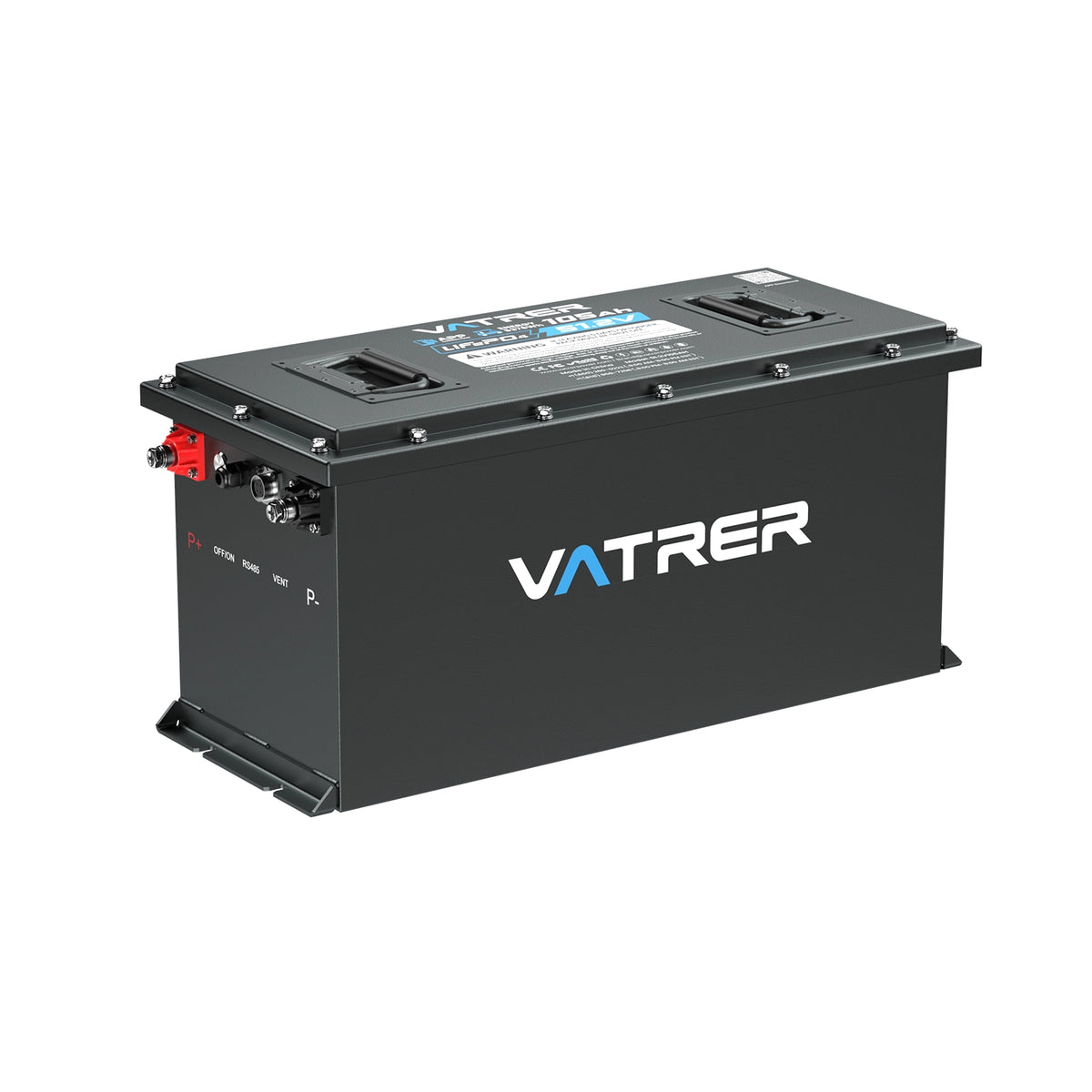
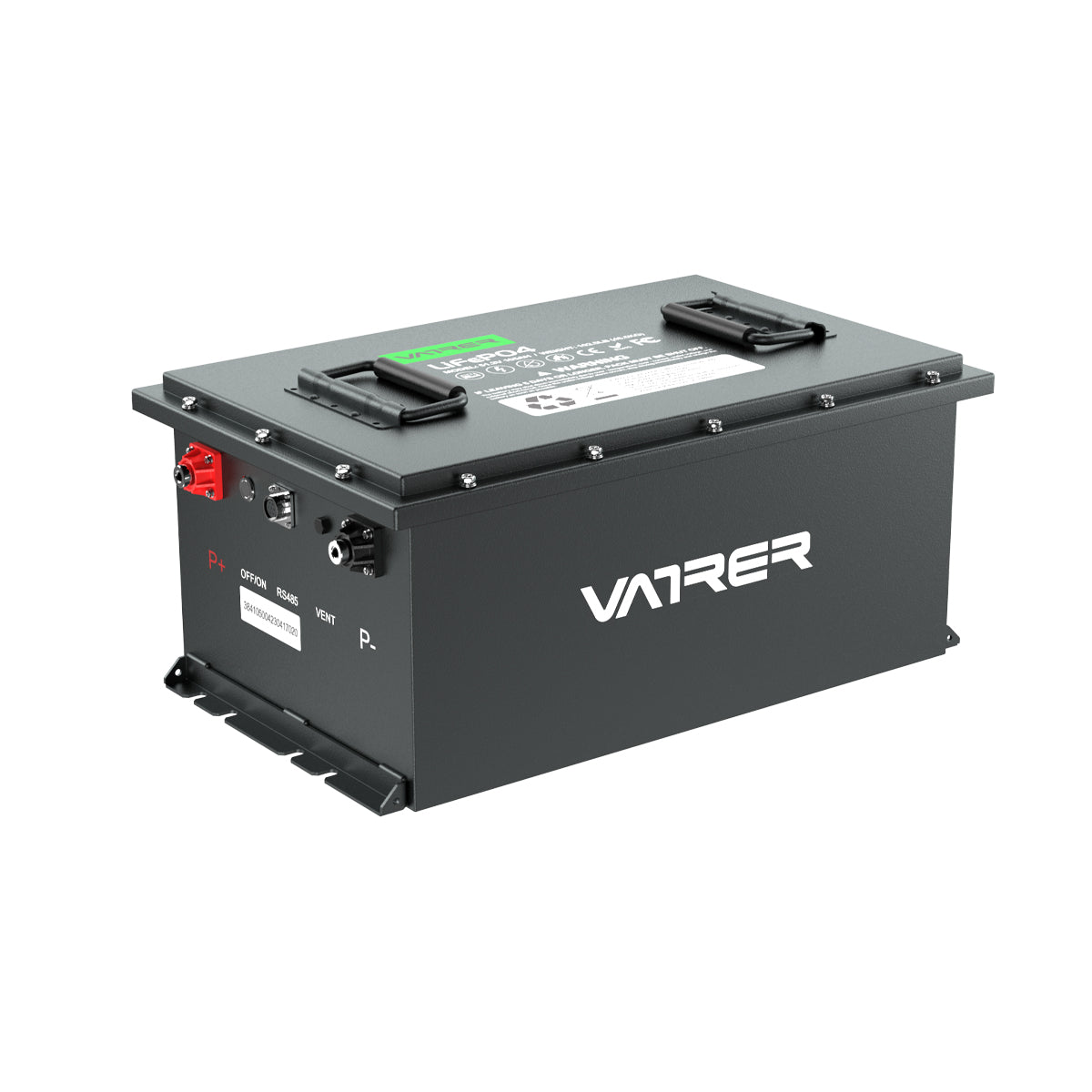



3 comments
Amir Galecio
My club car serial number says “FG9744-618949” what is the meaning of “FG”?
My club car serial number says “FG9744-618949” what is the meaning of “FG”?
Zachary
Storing batteries in temperatures below -10°C can affect their performance and lifespan. Cold temperatures increase internal resistance, reduce charging efficiency, and may cause the battery casing to crack or the electrolyte to freeze, especially in lithium-ion batteries. It’s recommended to store batteries in a temperature-controlled environment or use insulation to mitigate the effects of the cold.
Storing batteries in temperatures below -10°C can affect their performance and lifespan. Cold temperatures increase internal resistance, reduce charging efficiency, and may cause the battery casing to crack or the electrolyte to freeze, especially in lithium-ion batteries. It’s recommended to store batteries in a temperature-controlled environment or use insulation to mitigate the effects of the cold.
Francois Paradis
Hello,
Could you please tell me if it is safe to put the battery in an outside locker even if the temperature can go below -10*Celcius?
Thank you!
François Paradis
Hello,
Could you please tell me if it is safe to put the battery in an outside locker even if the temperature can go below -10*Celcius?
Thank you!
François Paradis